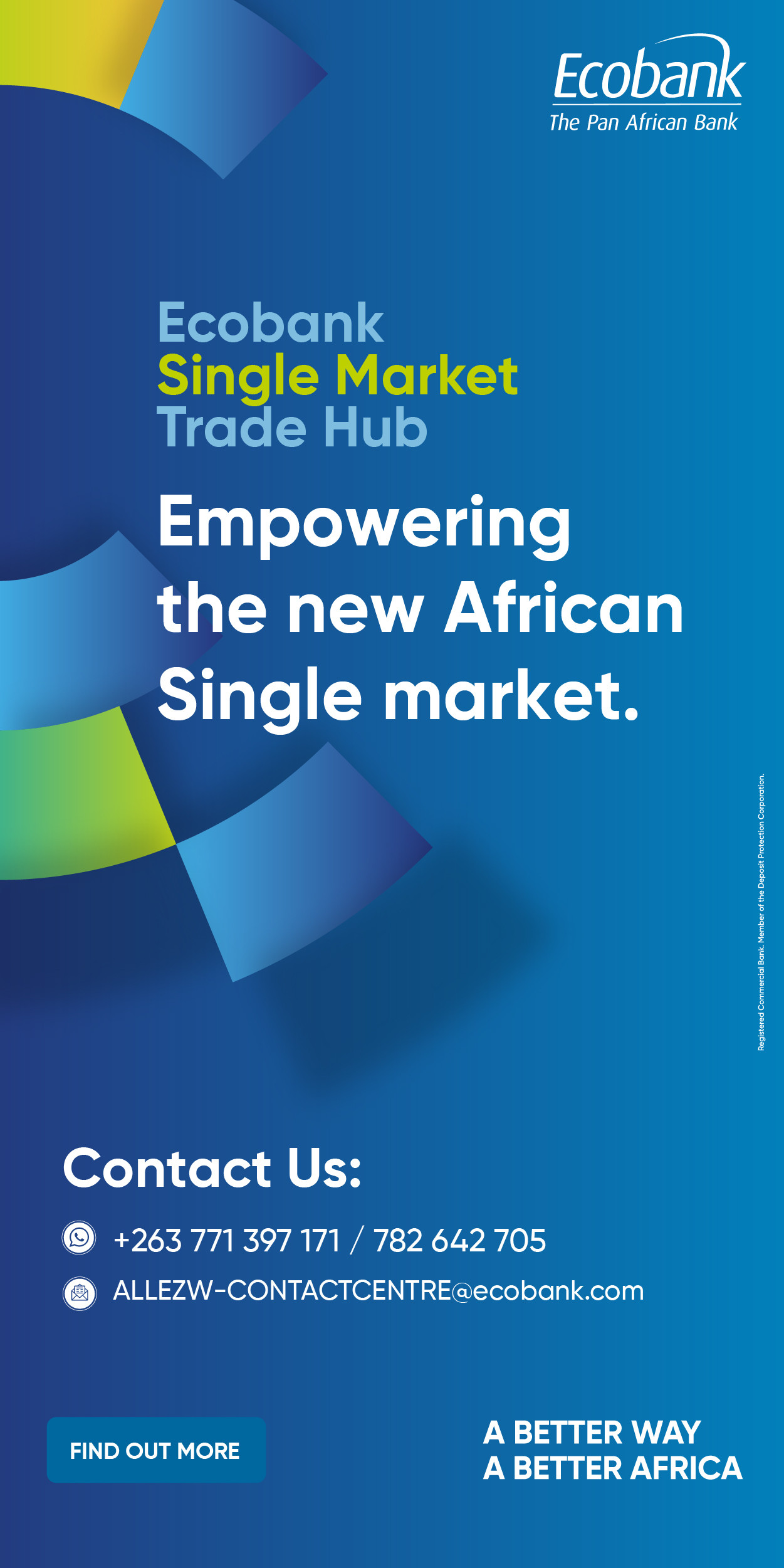- Inflation rate decreased from 3.2% in February to 2.7% in March 2025
- Core inflation, excluding volatile items, dropped to 3.1%, the lowest since September 2021
- Monthly consumer price growth slowed to 0.4%, indicating easing price pressures
Harare- South Africa’s inflation rate plummeted to 2.7% in March 2025, down from 3.2% in February and below analysts’ expectations of 2.9%, marking the lowest level since June 2020 and falling below the South African Reserve Bank’s (SARB) 3–6%target range.
This sharp decline was primarily driven by softer price growth in food and non-alcoholic beverages (2.7% vs. 2.8%) and restaurants and hotels (4.2% vs. 4.6%), with core inflation, excluding volatile items like food, fuel, and energy, dropping to 3.1%, the lowest since September 2021.
Monthly consumer price growth slowed to 0.4% from 0.9% in February, signaling a broad easing of price pressures.
The Consumer Price Index (CPI) is heavily weighted toward housing and utilities (23%), food and non-alcoholic beverages (19%), and transport (15%), making these categories pivotal to inflation dynamics.
South Africa’s 2.7% inflation rate in March 2025 is low within the SADC, a region characterised by diverse economic structures and inflation challenges. The SADC, comprising 16 member states including Angola, Botswana, Malawi, Mozambique, Namibia, Zambia, and Zimbabwe, exhibits varied inflation trends due to differences in currency stability, commodity dependence, and policy frameworks.
South Africa’s performance aligns with stable SADC economies like Botswana and Namibia, which benefit from currency pegs and prudent policies, but contrasts sharply with high-inflation peers.
Unlike Zimbabwe or Mozambique, South Africa’s diversified economy, floating exchange rate, and credible central bank anchor inflation expectations, though domestic challenges like unemployment and infrastructure bottlenecks persist.
The decline in food and non-alcoholic beverage prices, slowing to 2.7% from 2.8%, was a major driver of South Africa’s low inflation. This category, accounting for 19% of the CPI, is highly sensitive to supply-side factors.
Favourable weather conditions in early 2025 likely boosted agricultural output, easing food price pressures, while lower global commodity prices for grains and oils reduced import costs.
Unlike SADC countries like Zambia, where food inflation exceeds 15% due to drought and import reliance, South Africa’s robust agricultural sector and supply chains mitigated price spikes.
This moderation also influenced core inflation, highlighting food’s outsized role.
Transport costs, particularly fuel, provided significant relief, with the fuel index dropping 8.8% year-on-year in March. Representing 15% of the CPI, transport is a key inflation driver.
Lower global oil prices, stabilizing below $80 per barrel in early 2025, and a stronger rand, trading around R18.24/USD, reduced imported inflation.
South Africa’s market-driven fuel pricing allowed it to capitalize on global trends, unlike Mozambique, where fuel subsidies strain budgets.
Inflation in restaurants and hotels, a smaller CPI component at 3%, slowed to 4.2% from 4.6%, reflecting weaker demand-side pressures. High interest rates (repo rate at 7.5%) and unemployment, projected at 33.2% in 2025, constrained discretionary spending, dampening service-sector price growth.
Unlike tourism-driven SADC economies like Mauritius, where external demand fuels higher service inflation, South Africa’s domestic-driven dynamics kept this category subdued.
Global and domestic macro factors further underpinned South Africa’s low inflation. Declining global commodity prices, particularly for fuel and food, alleviated imported inflation, critical for South Africa’s open economy.
The SARB’s cautious monetary policy, maintaining the repo rate at 7.5%, anchored inflation expectations, with the Bureau for Economic Research (BER) forecasting 4.3% for 2025.
However, risks such as global trade tensions, particularly U.S. tariffs under President Donald Trump, and a proposed value-added tax (VAT) hike could exert upward pressure, though these were offset in March by favourable fuel and electricity trends.
The outlook for South Africa’s inflation remains benign, with the SARB projecting 3.6% for 2025, supported by lower fuel and electricity prices. Upside risks include global trade disruptions and a potential VAT hike, which could add 0.2 percentage points to inflation.
Thus, South Africa’s inflation drop to 2.7% in March 2025, driven by lower food, fuel, and service-sector prices, positions it as a stable outlier in the SADC, where higher inflation prevails. Global commodity relief, rand stability, and domestic reforms like improved electricity supply underpin this performance, contrasting with SADC peers’ structural challenges.
The SARB’s credible policy framework outperforms less disciplined regional approaches, but high interest rates limit growth. With potential rate cuts looming, South Africa must navigate global trade risks and fiscal pressures to sustain its edge. This performance highlights macroeconomic resilience, yet sustained reforms are critical to translate low inflation into broader economic gains within the SADC.
Equity Axis News





